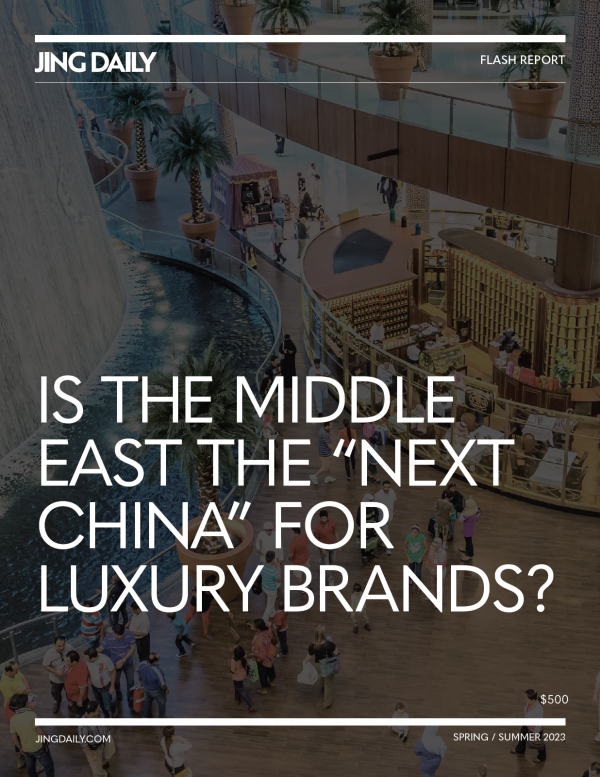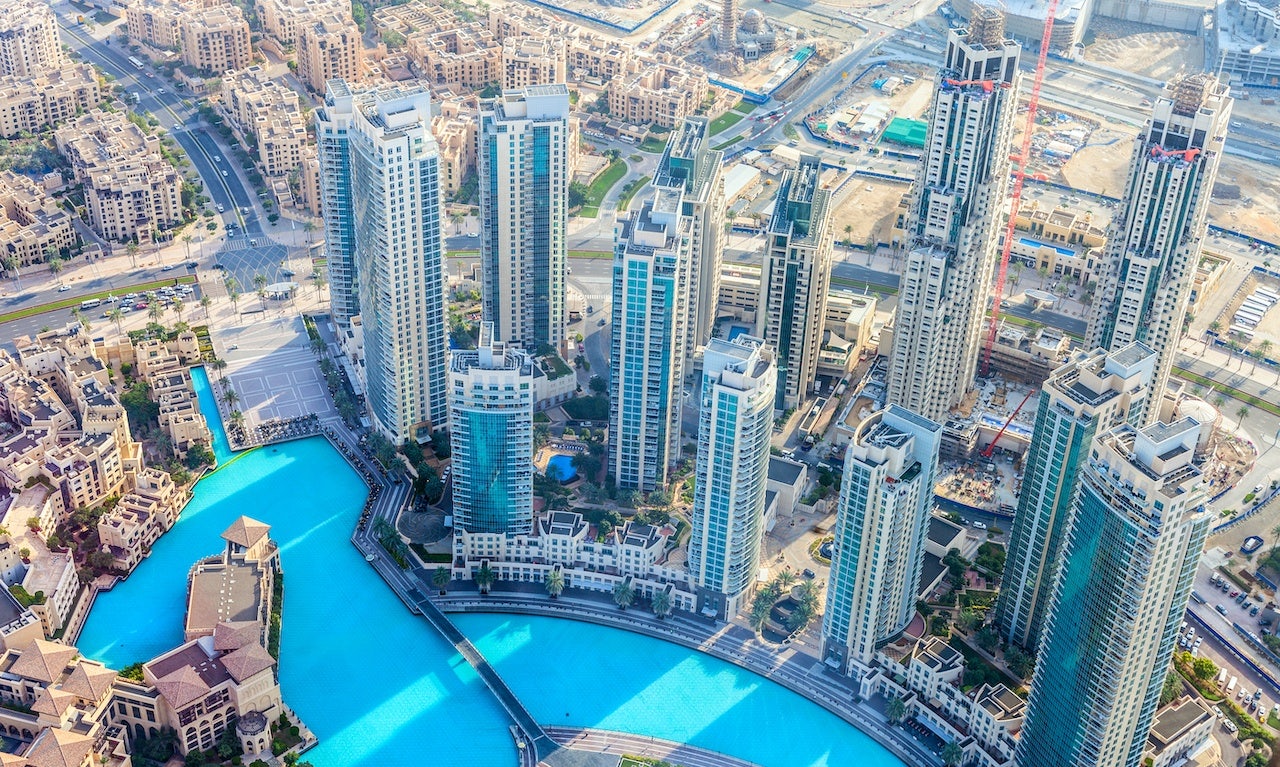Get your copy of “Is the Middle East the 'Next China' For Luxury Brands?” on our Reports page.#
Luxury brands are no strangers to the Middle East market or clientele, with the region’s largely — but not entirely — oil-based wealth long attracting high-end automakers, fashion houses, jewelers, and hoteliers. The sprawling Dubai Mall, one of the world’s largest shopping centers, already counts tenants like Hermès, Louis Vuitton, Balenciaga, and Gucci, among dozens of other international luxury brands, while Riyadh’s Kingdom Centre Mall boasts the likes of Burberry, Chopard, and Valentino as well as a five-star Four Seasons hotel.
Yet the Middle East has remained largely overshadowed by the world’s largest luxury markets, such as China — which carved out a crucial position in luxury retail over the past 15 years and will account for 25 percent of global luxury market share by 2025. In LVMH’s full-year 2022 report, the Middle East is lumped together with South America and Africa in the “Other Markets” category, which collectively contributed to 12 percent of the luxury giant’s global revenue.
According to McKinsey's State of Fashion 2023 report, the Middle East is forecast to be a significant driving force behind the global luxury fashion industry’s expected 5 to 10 percent growth this year. The report suggests that the Middle East could emerge as a new luxury hotspot, necessitating brands to increasingly tailor their designs, marketing, and merchandising to appeal to new customers.

Today, it could be a mistake for luxury brands and groups to maintain an almost all-encompassing interest in boosting their retail presence in mainland China to the detriment of other emerging markets — many of which also benefit from Chinese luxury demand by way of outbound tourists or internationally based immigrants and expatriates.
Jing Daily’s latest flash report, “Is the Middle East the 'Next China' For Luxury Brands?” explores the potential growth opportunities for luxury brands in the Middle East and North Africa (MENA) market, which in the years ahead could take its place as the “Next China” for luxury brands in need of renewed growth in the post-COVID era.
Boasting young, affluent populations and rising demand for global luxury brands, the Middle East is also attracting a growing number of Chinese tourists, expatriates and businesses amid strengthening ties between regional governments and the People’s Republic of China (PRC). This makes the Middle East an even more attractive market for luxury brands and groups in search of new sources of growth.
This means a key question facing luxury brands will be whether and how to transplant — or adapt — China strategies honed over the past 15 years to the Middle East. They will also need to track how ties between MENA and China develop and evolve.
For example, should luxury brands take a global approach to expansion in the Middle East market, treating it like any other affluent region like Western Europe or North America? Or should they take a page from their China playbook and tailor designs, marketing, and merchandising to appeal to local tastes and preferences in the Middle East?
